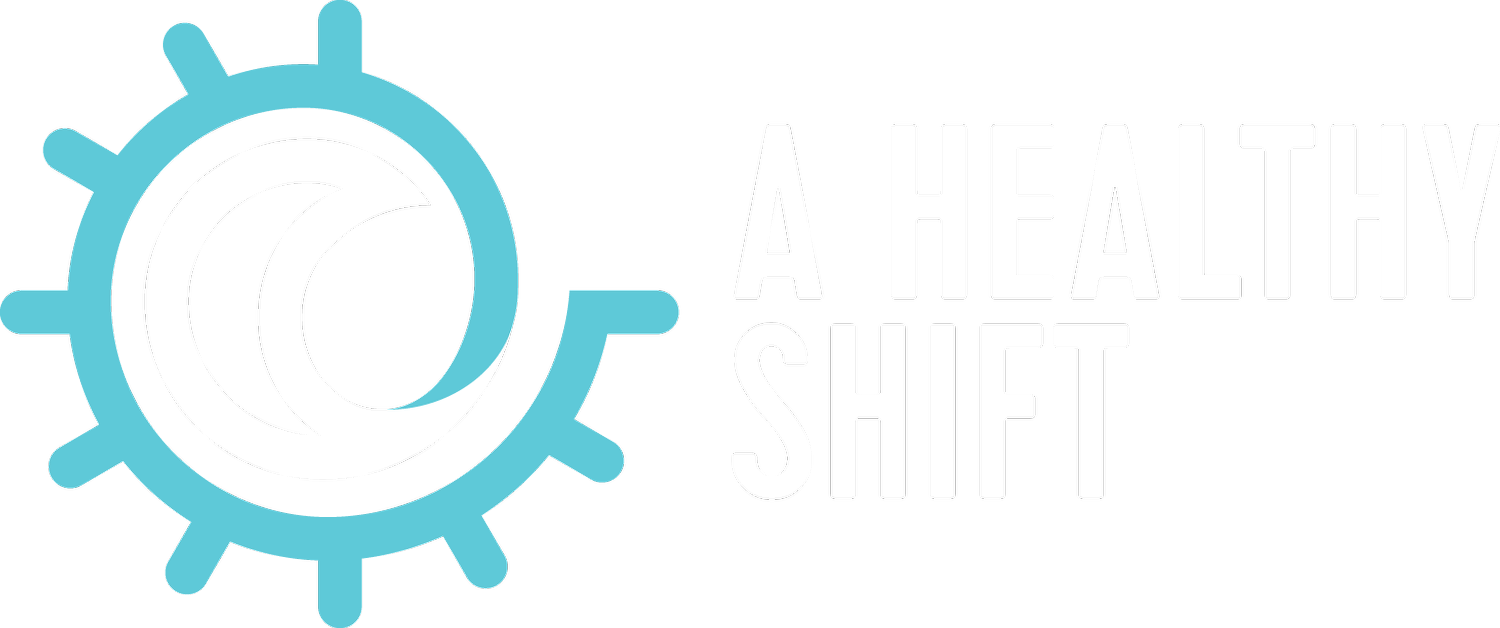Boosting Wellbeing: The Power of Cognitive Breaks for Shift Workers Battling Stress
Introduction:
Shift work is a demanding lifestyle that often leads to increased stress levels among workers. The continuous disruption of natural sleep patterns and the pressure of working odd hours takes its toll on your mental health. However, integrating cognitive breaks into the work routine can be a game-changer. In this blog, I’ll explain the profound benefits of cognitive breaks for shift workers, exploring how they mitigate stress and offer practical guidance on incorporating them into your daily shift work routine.
Understanding the Significance of Cognitive Breaks:
Cognitive breaks for shift workers encompass short, intentional pauses during work hours that allow the mind to reset and recharge and provide shift work stress relief. For shift workers, especially night shift workers, these breaks can be hard to create but do hold immense value. They serve as a vital tool for combatting stress by interrupting the cycle of continuous work and providing much-needed mental respite. Research shows that these breaks can enhance cognitive function, boost productivity, and significantly reduce stress levels among shift workers.
That 15-20 minute cognitive break holds an advantage on long-term productivity, not a loss.
Benefits of Cognitive Breaks for Shift Workers
Stress Reduction: Taking cognitive breaks interrupts the stress cycle, allowing the mind to relax, which, in turn, reduces cortisol levels and promotes overall well-being.
Improved Focus and Productivity: These breaks enhance mental clarity and concentration, enabling workers to return to tasks with renewed focus and energy, thereby increasing productivity.
Enhanced Mental Health: Regular cognitive breaks contribute to better mental health by reducing burnout, anxiety, and the risk of depression commonly associated with prolonged shift work.
Physical Benefits: Beyond mental rejuvenation, breaks aid in preventing physical strain and fatigue, leading to reduced musculoskeletal issues associated with extended periods of work.
How to Incorporate Cognitive Breaks into Shift Work
Schedule Breaks: Allocate short, regular breaks during shifts, aiming for a break every 60 to 90 minutes.
Change the Environment: Utilize break time by stepping away from your workstation. Engage in activities like stretching, walking, deep breathing exercises, or mindfulness techniques
NOTE: This is not the time to grab your mobile phone and scroll social media or check e-mails. It’s what we all do but it defeats the purpose.
Disconnect from Work: Use the break to disconnect from work-related stressors. Engage in hobbies or activities that bring joy or relaxation.
Hydrate and Nourish: Fuel your body with water and nutritious snacks during breaks to maintain energy levels and support overall health.
Set Boundaries: Inform colleagues and supervisors about your scheduled breaks to ensure uninterrupted time for relaxation.
This also includes setting boundaries between work and home. You have a right to disconnect so use it to protect your mental health.
Professional Support:
I am a One 2 One coach with a wealth of experience and evidence-based knowledge in nutrition and wellbeing around shift work.
I can help you if you need support in this area. Follow this link HERE and see how I can help you
Conclusion:
Cognitive breaks are a potent antidote to stress for shift workers, offering a pathway to improved mental health and enhanced productivity. By embracing these short respites, individuals can alleviate the strains of shift work and reclaim control over their overall well-being.
Make a conscious effort to integrate cognitive breaks into your shift work routine, and witness the transformative impact on your mental and physical health.
I run Nutrition, Health & Wellbeing Seminars for shift working environments. Find out more HERE



